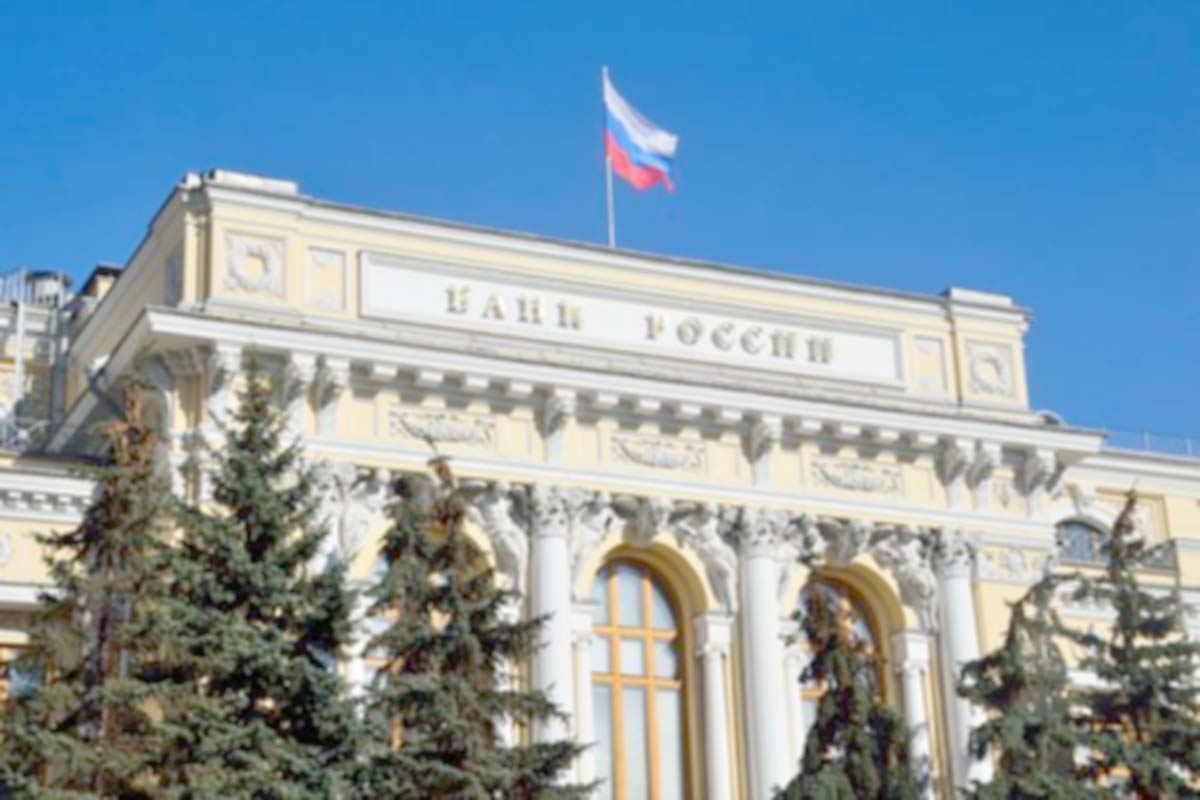By Interaction Desk
SPFS “Financial Message Transfer System” is the Russian equivalent of the SWIFT financial transfer system developed by the Central Bank of Russia. The system has been in development since 2014 when the United States government threatened to disconnect Russia from the SWIFT system. The first transaction on the SPFS network involving a non-banking company was carried out in December 2017. In March 2018, over 400 institutions (mostly banks) were part of the network. Russian Economic Development Minister Maxim Reshetnikov has offered countries belonging to the Shanghai Cooperation Organization (SCO) to join its financial messaging system SPFS, Russia’s equivalent of SWIFT. Moscow wants to increase the volume of settlements in national currencies and introduce global interbank alternatives. “To ensure continuous cooperation between our banks, we propose that SCO members join the Russian financial reporting system,” Reshetnikov said in a video address to participants of the SCO forum currently has been held in Tashkent. Reshetnikov noted that SCO countries must continue to support the full compatibility of national payment systems and increase the volume of mutual settlement in national currencies. “We have already seen positive results, for example, a quarter of trade turnover between Russia and China is settled in rubles and yuan,” Reshetnikov said. In Europe, Germany and Switzerland already have banks connected to the SPFS system, while it is already in use in Armenia, Belarus, Kazakhstan and Kyrgyzstan, and six other countries. Most Russian banks are already connected to the system. The SCO currently includes eight member states: China, India, Kazakhstan, Kyrgyzstan, Russia, Tajikistan, Pakistan, and Uzbekistan, while Iran is due to join next month. Observer states include Afghanistan, Belarus, and Mongolia, while Armenia, Azerbaijan, Cambodia, Nepal, Sri Lanka, and Turkey are dialogue partners. Upcoming dialogue partners include Egypt, Saudi Arabia, and Qatar, while long-term guests include ASEAN (Brunei, Cambodia, Indonesia, Laos, Malaysia, Myanmar, Philippines, Singapore, Thailand, and Vietnam and Commonwealth of Independent States countries, which include Moldova and Tajikistan among countries not already mentioned, except Turkmenistan. Serbia, which has a free trade agreement with the Eurasian Economic Union, is expected to be allowed to join, as are other BRICS countries such as Brazil and South Africa. In March of this year, Anatoly Aksakov, chairman of the State Duma Committee on the Financial Market, announced that the Russian Central Bank and the People’s Bank of China were working to link the Russian and Chinese financial reporting systems. He also pointed to the beginning of the development of information transfer schemes using block chains, including the digital ruble and digital yuan. Also in March this year, the Economic Times of India reported that the Indian government had offered Russia a new ruble trade transfer transaction system and SPFS that would operate through the Reserve Bank of India and Russia’s Vnesheconom bank. This system is now functional as India and Russia now trade through ruble and rupee. Russia has been actively promoting its domestic financial messaging system since it was cut off from SWIFT under Western sanctions imposed on the country over the conflict in Ukraine. Both facilitate financial transactions between banks, but Russian SPFS was only used in Russia until this year, while SWIFT is an internationally accepted system. There is no reason why countries cannot be part of both systems unless the United States threatens to end SWIFT if it accepts Russia’s offer. If countries decide to join the Russian SPFS system, it will become a competitor to SWIFT and offer emerging economies an alternative to US monitoring of their international transactions, eradicating the current system of having to pay corresponding US bank fees, reducing dependence on the US dollar and the impact of any future US sanctions and provide greater strength to their respective currencies. The biggest benefit offered by the Russian Global Financial Messaging Systems is that it allows countries to deal in their national currencies and this reduces the dependence on US Dollar strengthening the local currencies. This is a solid measure by the Russian Federation and all SCO countries could benefit from it if they choose. One thing, however, that Russia and the SCO members should bear in mind is that the effectiveness of this system and the entire SCO is dependent on the commitment of its members. Currently, Russia is depending heavily on India without reading the signs. American cooperation with India is deep-rooted and their military cooperation has increased considerably. This indicates the side that India has chosen, therefore Russia, China, and all other SCO members should take effective steps to overcome any surprise.


